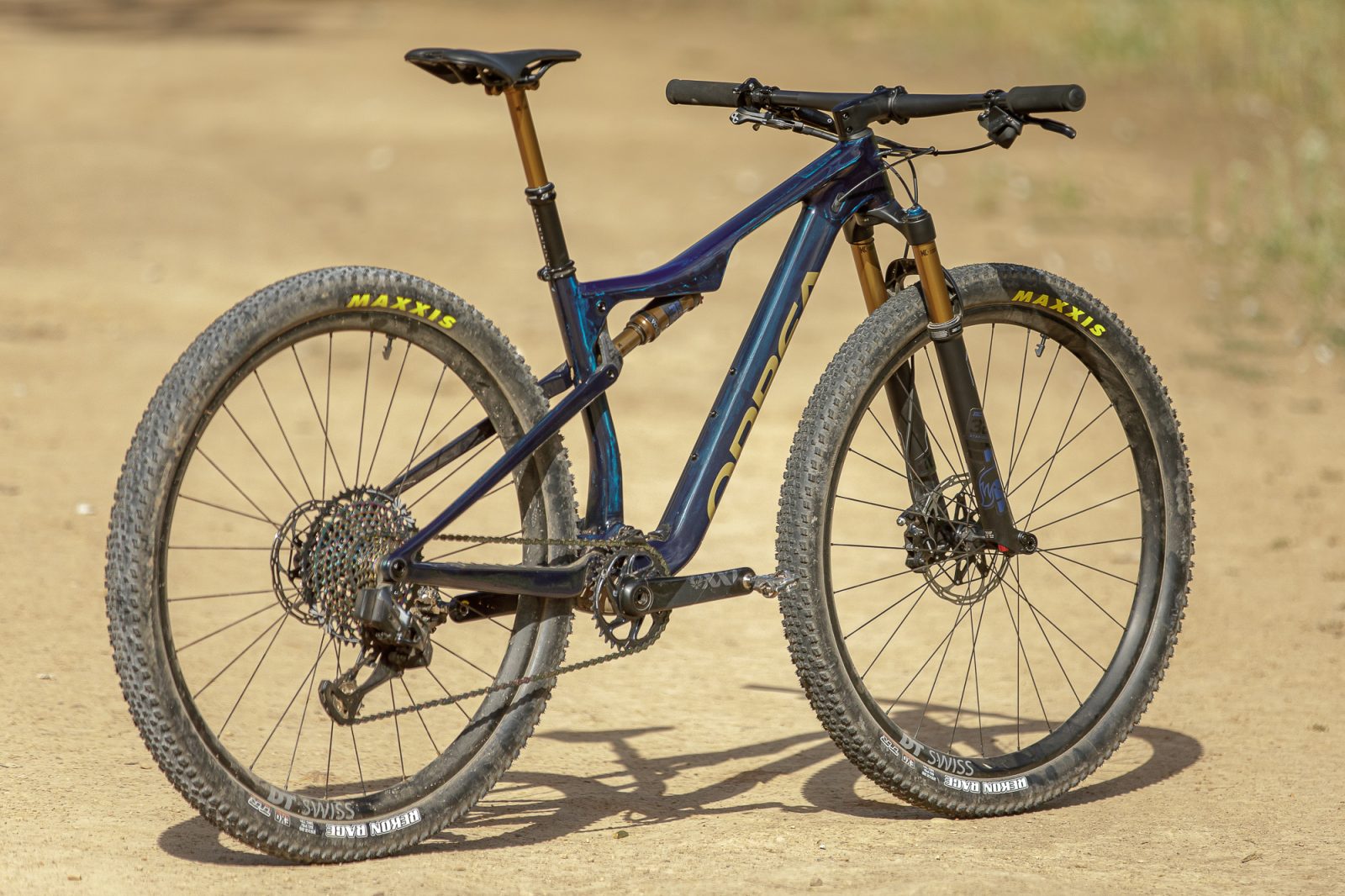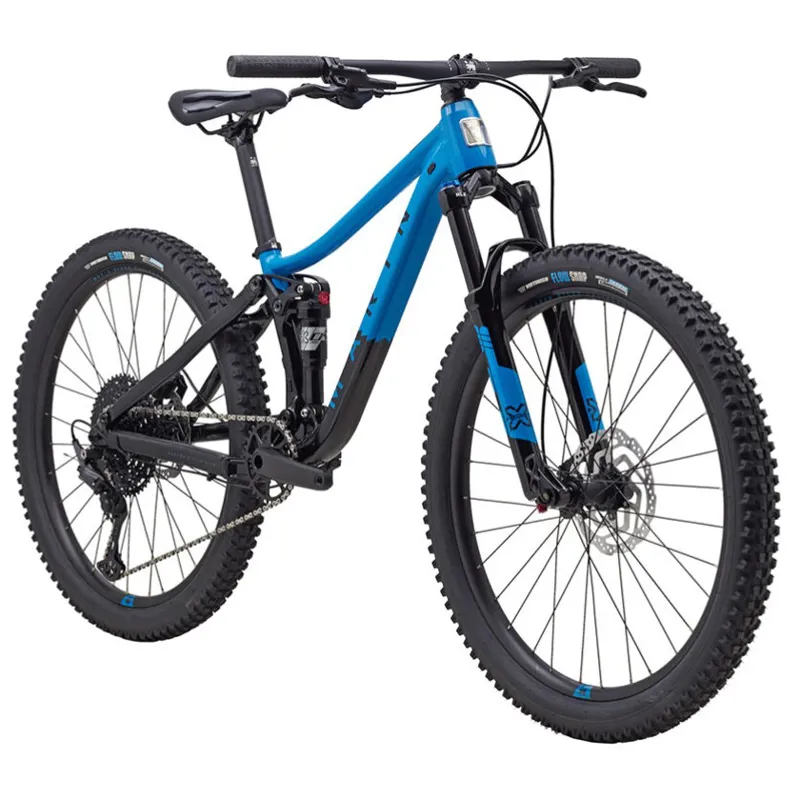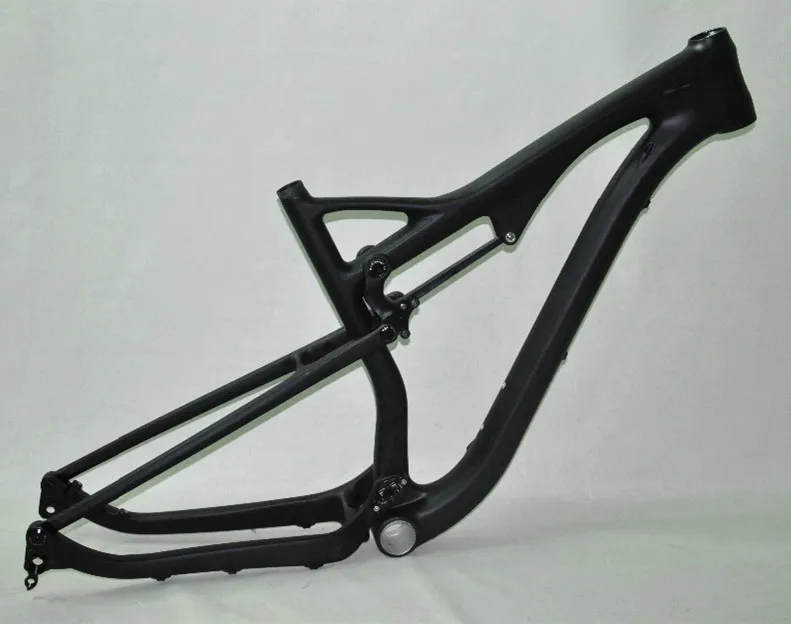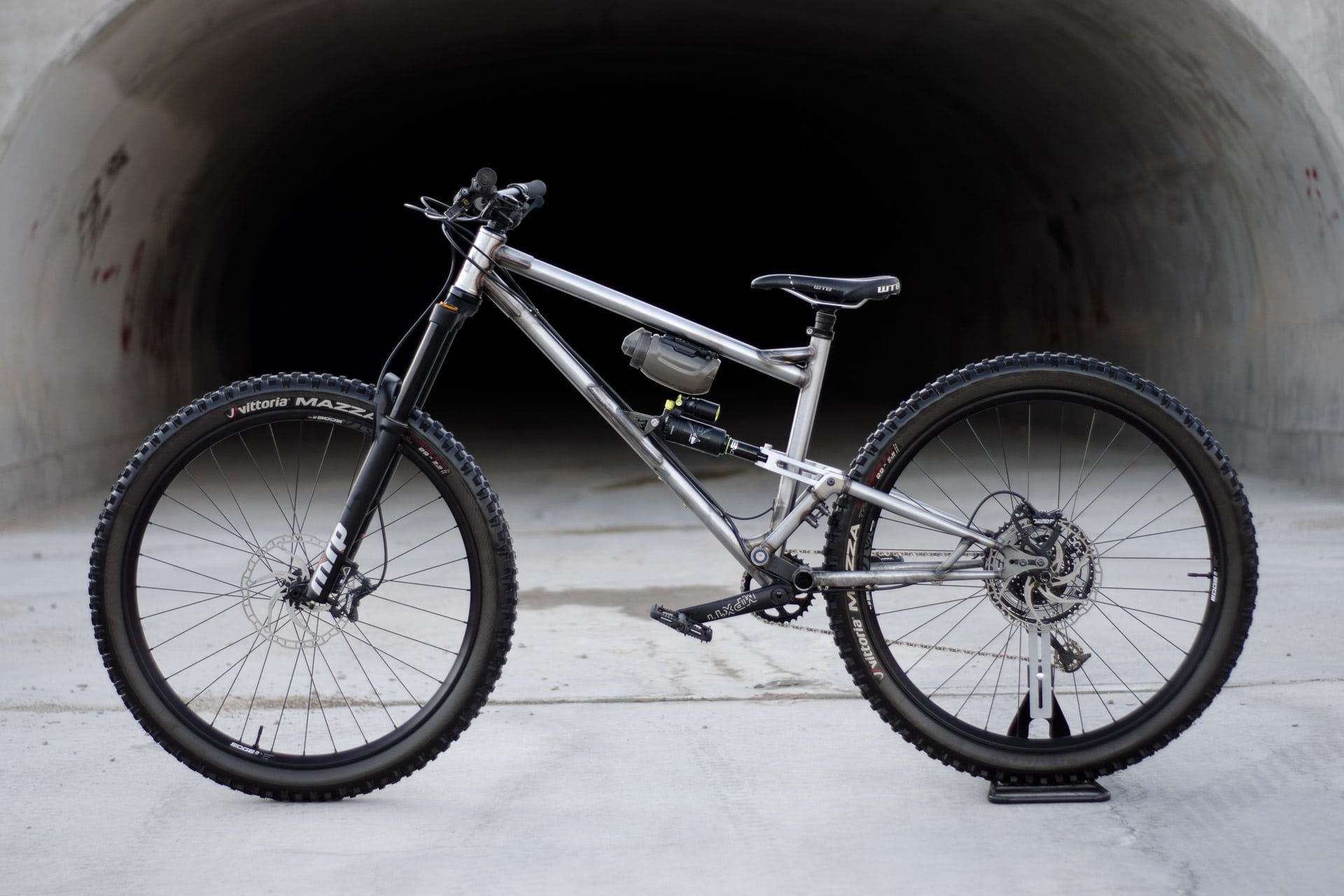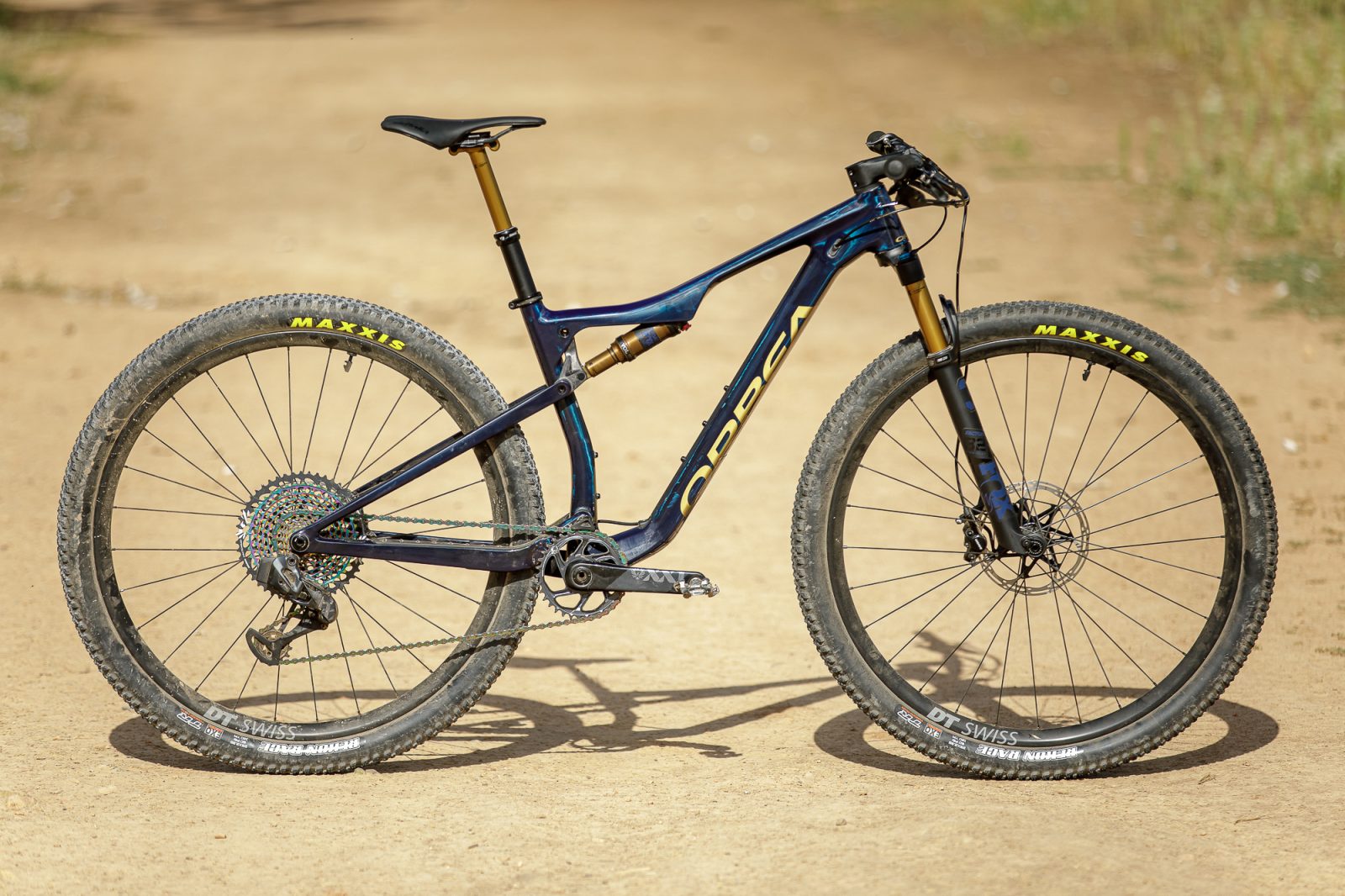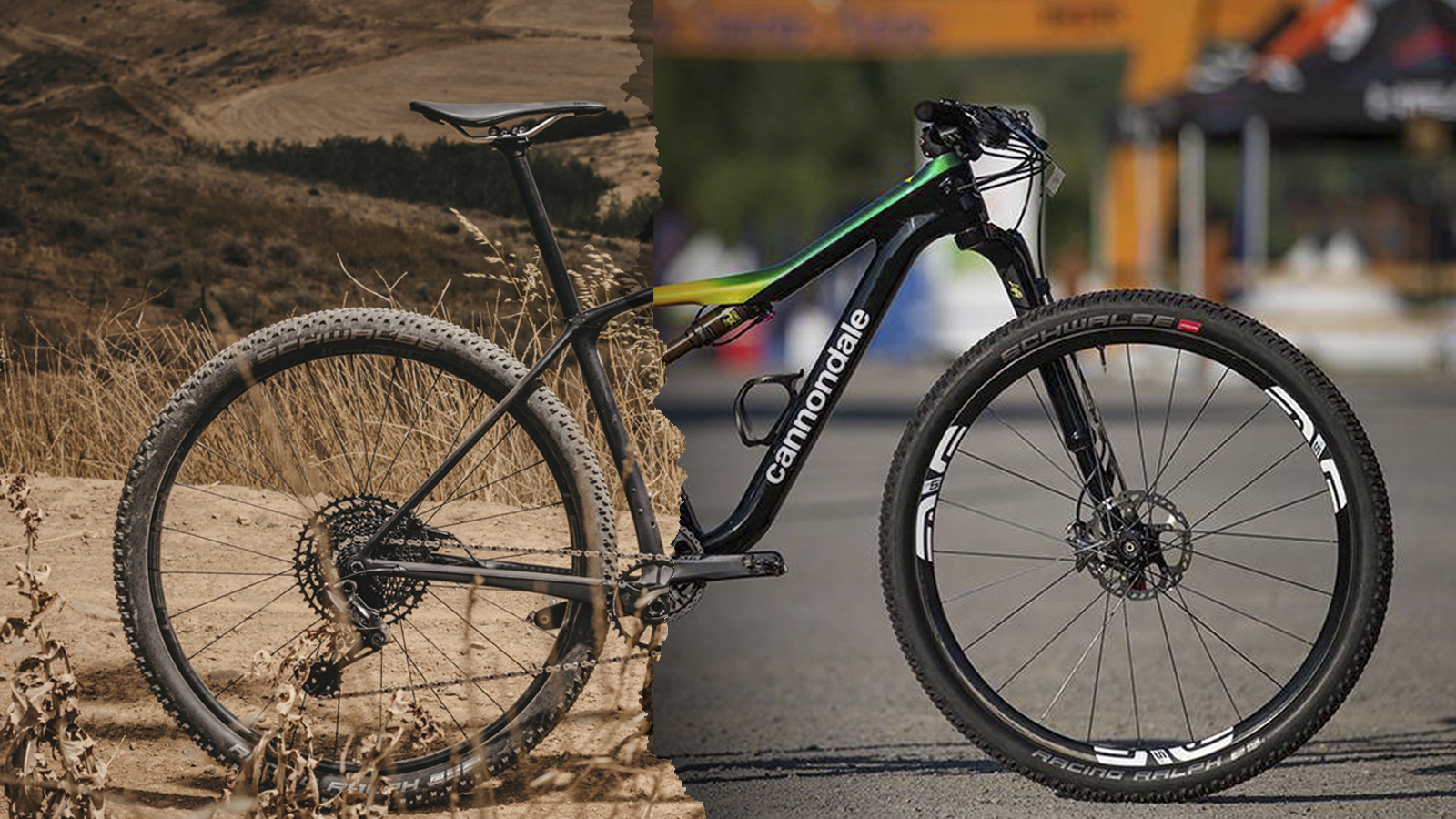What Makes a Full Suspension Mountain Bike Truly Lightweight?
When it comes to full suspension mountain bikes, weight is a critical factor that can significantly impact the riding experience. A lightweight full suspension mountain bike can provide improved acceleration, increased maneuverability, and reduced fatigue, making it an attractive option for riders of all levels. But what makes a full suspension mountain bike truly lightweight?
One of the key factors that contribute to a full suspension mountain bike’s weight is the frame material. Carbon fiber, aluminum, and titanium are popular frame materials used in lightweight full suspension mountain bikes. Each material has its pros and cons, and the choice of frame material can significantly impact the bike’s overall weight and performance. For example, carbon fiber frames are known for their exceptional strength-to-weight ratio, making them a popular choice for high-performance mountain bikes.
Another critical factor that affects a full suspension mountain bike’s weight is the suspension design. The suspension system is responsible for absorbing shock and vibrations, and a well-designed suspension system can make a significant difference in the bike’s overall weight and performance. Single-pivot, dual-pivot, and virtual pivot point systems are popular suspension designs used in lightweight full suspension mountain bikes. Each design has its advantages and disadvantages, and the choice of suspension design can impact the bike’s weight, pedaling efficiency, and overall performance.
In addition to frame material and suspension design, component selection also plays a crucial role in achieving a lightweight full suspension mountain bike. Wheels, tires, and drivetrain components can all contribute to the bike’s overall weight, and selecting lightweight components can make a significant difference. For example, using lightweight wheels and tires can reduce the bike’s overall weight and improve its acceleration and maneuverability.
When it comes to building the lightest full suspension mountain bike, manufacturers often use a combination of these factors to achieve the desired weight and performance. By carefully selecting the frame material, suspension design, and components, manufacturers can create a bike that is not only lightweight but also high-performance and durable.
For riders looking to purchase a lightweight full suspension mountain bike, it’s essential to consider these factors and how they impact the bike’s overall weight and performance. By understanding the key factors that contribute to a full suspension mountain bike’s weight, riders can make informed decisions and find the perfect bike for their needs.
In the world of mountain biking, the quest for the lightest full suspension mountain bike is ongoing. Manufacturers are continually pushing the boundaries of innovation and technology to create bikes that are not only lightweight but also high-performance and durable. As the technology continues to evolve, we can expect to see even lighter and more efficient full suspension mountain bikes in the future.
How to Choose the Perfect Lightweight Full Suspension Mountain Bike for Your Riding Style
When it comes to selecting a lightweight full suspension mountain bike, there are several factors to consider to ensure you find the perfect bike for your riding style. The right bike can make all the difference in your riding experience, providing improved performance, increased efficiency, and enhanced overall enjoyment.
First and foremost, consider the terrain you’ll be riding on most often. If you’ll be tackling technical trails with steep inclines and rocky terrain, a bike with a slacker head angle and more travel may be in order. On the other hand, if you’ll be riding smoother trails with fewer obstacles, a bike with a steeper head angle and less travel may be a better fit.
Next, consider your skill level. If you’re a beginner, a bike with a more forgiving suspension system and a lower standover height may be a good choice. More experienced riders may prefer a bike with a more aggressive suspension system and a higher standover height.
Personal preferences also play a significant role in choosing the perfect lightweight full suspension mountain bike. Consider factors such as wheel size, tire width, and component selection. For example, if you prefer a more agile bike, a 27.5-inch wheel size may be a good choice. If you prefer a more stable bike, a 29-inch wheel size may be a better fit.
Popular models like the Trek Top Fuel and Specialized Epic are great examples of lightweight full suspension mountain bikes that cater to different riding styles. The Trek Top Fuel, for instance, is a great choice for cross-country riders who prioritize efficiency and speed. The Specialized Epic, on the other hand, is a great choice for trail riders who prioritize versatility and maneuverability.
When test riding different models, pay attention to how the bike feels and responds to your input. Consider factors such as pedaling efficiency, suspension feel, and overall handling. Don’t be afraid to ask questions and seek advice from knowledgeable sales staff or experienced riders.
Ultimately, the key to finding the perfect lightweight full suspension mountain bike is to consider your unique needs and preferences. By taking the time to research, test ride, and compare different models, you’ll be able to find a bike that perfectly suits your riding style and provides an unparalleled riding experience.
Some popular lightweight full suspension mountain bikes to consider include:
- Trek Top Fuel
- Specialized Epic
- Santa Cruz Blur
- Niner RIP 9
These bikes offer a great combination of weight, performance, and versatility, making them ideal for riders of all levels and styles.
The Benefits of a Lightweight Full Suspension Mountain Bike: Why Less is More
Riding a lightweight full suspension mountain bike can have a significant impact on your overall riding experience. By shedding unnecessary weight, these bikes can provide improved acceleration, increased maneuverability, and reduced fatigue, making them an attractive option for riders of all levels.
One of the most noticeable benefits of a lightweight full suspension mountain bike is improved acceleration. With less weight to propel, these bikes can accelerate faster and more efficiently, allowing riders to quickly gain speed and momentum on the trail. This is particularly beneficial for cross-country and trail riders who need to quickly accelerate out of corners and up steep inclines.
In addition to improved acceleration, lightweight full suspension mountain bikes also offer increased maneuverability. With a lower overall weight, these bikes are more responsive to rider input, making it easier to navigate tight switchbacks and technical terrain. This is particularly beneficial for riders who enjoy tackling challenging trails and features.
Another significant benefit of lightweight full suspension mountain bikes is reduced fatigue. By reducing the overall weight of the bike, riders can conserve energy and reduce the physical demands of riding. This is particularly beneficial for riders who enjoy long, epic rides or who are looking to reduce their overall fatigue levels.
Professional riders have long recognized the benefits of lightweight full suspension mountain bikes. For example, World Cup cross-country rider, Nino Schurter, has been known to ride a lightweight full suspension mountain bike to gain a competitive edge on the trail. “I need a bike that can accelerate quickly and efficiently,” says Schurter. “A lightweight full suspension mountain bike gives me the edge I need to stay ahead of the competition.”
Real-world examples of the benefits of lightweight full suspension mountain bikes can be seen in the results of various mountain bike competitions. For example, the Trek Top Fuel, a lightweight full suspension mountain bike, has been ridden to numerous World Cup victories by Trek Factory Racing team riders.
While the benefits of lightweight full suspension mountain bikes are clear, it’s worth noting that these bikes are not just for professional riders. Recreational riders can also benefit from the improved acceleration, increased maneuverability, and reduced fatigue offered by these bikes.
Whether you’re a professional rider or a recreational enthusiast, a lightweight full suspension mountain bike can provide a more enjoyable and efficient riding experience. By shedding unnecessary weight, these bikes can help you ride faster, farther, and with more confidence than ever before.
Frame Materials: The Key to Unlocking a Lightweight Full Suspension Mountain Bike
When it comes to building a lightweight full suspension mountain bike, the frame material is a critical component. The frame material can significantly impact the bike’s overall weight, performance, and durability. In this section, we’ll delve into the different frame materials used in lightweight full suspension mountain bikes, including carbon fiber, aluminum, and titanium.
Carbon fiber is a popular choice for lightweight full suspension mountain bikes due to its exceptional strength-to-weight ratio. Carbon fiber frames are often used in high-end mountain bikes, as they offer a significant weight reduction while maintaining the necessary strength and durability. However, carbon fiber frames can be more expensive than other materials, and they may require more maintenance to ensure their longevity.
Aluminum is another common frame material used in lightweight full suspension mountain bikes. Aluminum frames are often less expensive than carbon fiber frames, but they can still offer a significant weight reduction. Aluminum frames are also more durable than carbon fiber frames and can withstand more abuse. However, aluminum frames may not be as stiff as carbon fiber frames, which can impact the bike’s overall performance.
Titanium is a less common frame material used in lightweight full suspension mountain bikes, but it offers a unique combination of strength, durability, and weight reduction. Titanium frames are often used in high-end mountain bikes, as they offer a significant weight reduction while maintaining the necessary strength and durability. However, titanium frames can be more expensive than other materials, and they may require more maintenance to ensure their longevity.
In addition to the frame material, the frame design also plays a critical role in achieving a lightweight full suspension mountain bike. Frame designers use various techniques, such as hydroforming and butting, to reduce the frame’s weight while maintaining its strength and durability. These techniques allow frame designers to create complex frame shapes that are both strong and lightweight.
When choosing a lightweight full suspension mountain bike, it’s essential to consider the frame material and design. Different frame materials and designs can offer varying levels of weight reduction, performance, and durability. By understanding the pros and cons of each frame material and design, riders can make informed decisions and find the perfect bike for their needs.
Some popular lightweight full suspension mountain bikes that showcase innovative frame materials and designs include:
- Trek Top Fuel (carbon fiber frame)
- Specialized Epic (carbon fiber frame)
- Santa Cruz Blur (carbon fiber frame)
- Niner RIP 9 (aluminum frame)
These bikes offer a great combination of weight reduction, performance, and durability, making them ideal for riders who demand the best.
Suspension Design: The Art of Balancing Weight and Performance
Suspension design is a critical component of a lightweight full suspension mountain bike. The suspension system is responsible for absorbing shock and vibrations, allowing the bike to maintain traction and stability on the trail. However, suspension design can also impact the bike’s weight, pedaling efficiency, and overall performance.
There are several suspension designs used in lightweight full suspension mountain bikes, including single-pivot, dual-pivot, and virtual pivot point systems. Each design has its pros and cons, and the choice of suspension design can significantly impact the bike’s overall weight and performance.
Single-pivot suspension designs are the most common type of suspension design used in lightweight full suspension mountain bikes. This design features a single pivot point that connects the front and rear triangles of the frame, allowing the suspension to move in a linear motion. Single-pivot designs are often lighter and more efficient than other suspension designs, but they can also be less effective at absorbing shock and vibrations.
Dual-pivot suspension designs feature two pivot points that connect the front and rear triangles of the frame, allowing the suspension to move in a more complex motion. Dual-pivot designs are often more effective at absorbing shock and vibrations than single-pivot designs, but they can also be heavier and less efficient.
Virtual pivot point suspension designs feature a virtual pivot point that is created by the intersection of two or more suspension links. This design allows the suspension to move in a more complex motion, providing improved absorption of shock and vibrations. Virtual pivot point designs are often used in high-end mountain bikes, as they offer improved performance and efficiency.
When choosing a lightweight full suspension mountain bike, it’s essential to consider the suspension design and how it will impact the bike’s overall weight and performance. Different suspension designs can offer varying levels of weight reduction, pedaling efficiency, and overall performance. By understanding the pros and cons of each suspension design, riders can make informed decisions and find the perfect bike for their needs.
Some popular lightweight full suspension mountain bikes that showcase innovative suspension designs include:
- Trek Top Fuel (single-pivot suspension design)
- Specialized Epic (dual-pivot suspension design)
- Santa Cruz Blur (virtual pivot point suspension design)
- Niner RIP 9 (single-pivot suspension design)
These bikes offer a great combination of weight reduction, pedaling efficiency, and overall performance, making them ideal for riders who demand the best.
Component Selection: The Finishing Touches for a Lightweight Full Suspension Mountain Bike
When it comes to building a lightweight full suspension mountain bike, component selection is crucial. The right components can make all the difference in achieving a bike that is both lightweight and high-performance. In this section, we’ll discuss the importance of component selection and provide examples of lightweight components that can contribute to a bike’s overall weight reduction.
Wheels are a critical component of a lightweight full suspension mountain bike. Lightweight wheels can significantly reduce the bike’s overall weight, making it easier to accelerate and maneuver. Look for wheels with a low weight and high strength-to-weight ratio, such as carbon fiber or aluminum wheels.
Tires are another important component to consider when building a lightweight full suspension mountain bike. Lightweight tires can reduce the bike’s overall weight and improve its rolling resistance, making it easier to ride. Look for tires with a low weight and high tread life, such as tubeless or semi-slick tires.
Drivetrain components, such as the crankset, chainrings, and cassette, can also contribute to a bike’s overall weight reduction. Look for lightweight drivetrain components, such as carbon fiber or aluminum cranksets, and consider using a single-chainring setup to reduce weight and improve simplicity.
Other components, such as the seatpost, handlebars, and stem, can also be optimized for weight reduction. Look for lightweight components made from materials like carbon fiber or aluminum, and consider using a dropper post to reduce weight and improve functionality.
Some popular lightweight components for full suspension mountain bikes include:
- ENVE M525 wheels
- Maxxis Rekon tires
- SRAM XX1 crankset
- RockShox Reverb dropper post
These components offer a great combination of weight reduction, performance, and functionality, making them ideal for riders who demand the best.
When selecting components for a lightweight full suspension mountain bike, it’s essential to consider the bike’s overall weight and performance goals. By choosing the right components, riders can achieve a bike that is both lightweight and high-performance, making it perfect for tackling challenging trails and features.
Real-World Examples: The Lightest Full Suspension Mountain Bikes on the Market
In this section, we’ll showcase some of the lightest full suspension mountain bikes available on the market. These bikes are designed to provide the ultimate riding experience, with a focus on weight reduction, performance, and functionality.
One of the lightest full suspension mountain bikes available is the Santa Cruz Blur. This bike features a carbon fiber frame, a single-pivot suspension design, and a range of lightweight components. The Blur has a claimed weight of just 22.5 pounds, making it one of the lightest full suspension mountain bikes on the market.
Another example of a lightweight full suspension mountain bike is the Niner RIP 9. This bike features a carbon fiber frame, a dual-pivot suspension design, and a range of lightweight components. The RIP 9 has a claimed weight of just 24.5 pounds, making it a great option for riders who want a lightweight bike that can handle challenging terrain.
Here are some detailed specifications, weights, and prices for each model:
| Bike Model | Weight | Price |
|---|---|---|
| Santa Cruz Blur | 22.5 pounds | $8,000 |
| Niner RIP 9 | 24.5 pounds | $7,000 |
These bikes are just a few examples of the many lightweight full suspension mountain bikes available on the market. By considering factors such as frame material, suspension design, and component selection, riders can find the perfect bike for their needs and preferences.
When shopping for a lightweight full suspension mountain bike, it’s essential to consider the bike’s overall weight and performance goals. By choosing the right bike, riders can achieve a more efficient and enjoyable riding experience, making it perfect for tackling challenging trails and features.
Conclusion: Finding Your Perfect Lightweight Full Suspension Mountain Bike
In conclusion, finding the perfect lightweight full suspension mountain bike requires careful consideration of several key factors, including frame material, suspension design, component selection, and riding style. By understanding the pros and cons of each factor, riders can make informed decisions and find the perfect bike for their needs.
When searching for a lightweight full suspension mountain bike, it’s essential to consider the bike’s overall weight and performance goals. Look for bikes with lightweight frames, efficient suspension designs, and high-performance components. Additionally, consider the bike’s intended use and the type of terrain you’ll be riding on.
Test riding different models is also crucial in finding the perfect lightweight full suspension mountain bike. This will give you a chance to experience the bike’s performance, handling, and overall feel. Don’t be afraid to ask questions and seek advice from knowledgeable sales staff or experienced riders.
Ultimately, the perfect lightweight full suspension mountain bike is one that meets your specific needs and preferences. By considering the factors mentioned in this article and test riding different models, you’ll be well on your way to finding the perfect bike for your next adventure.
Remember, the lightest full suspension mountain bike is not always the best option. Consider your riding style, terrain, and personal preferences when making your decision. With the right bike, you’ll be able to shred the trails with ease and enjoy the ultimate mountain biking experience.


